That moment when you spot a creepy crawler in your home, your first instinct might be to grab the nearest shoe and eliminate the threat. But what if I told you that some of these misunderstood creatures are actually your secret allies? While your skin might crawl at the sight of certain insects, these tiny warriors are fighting battles on your behalf that you never even knew existed. From protecting your garden to keeping dangerous pests at bay, these four bugs deserve your respect rather than your wrath.
The House Centipede: Your Personal Pest Control Squad
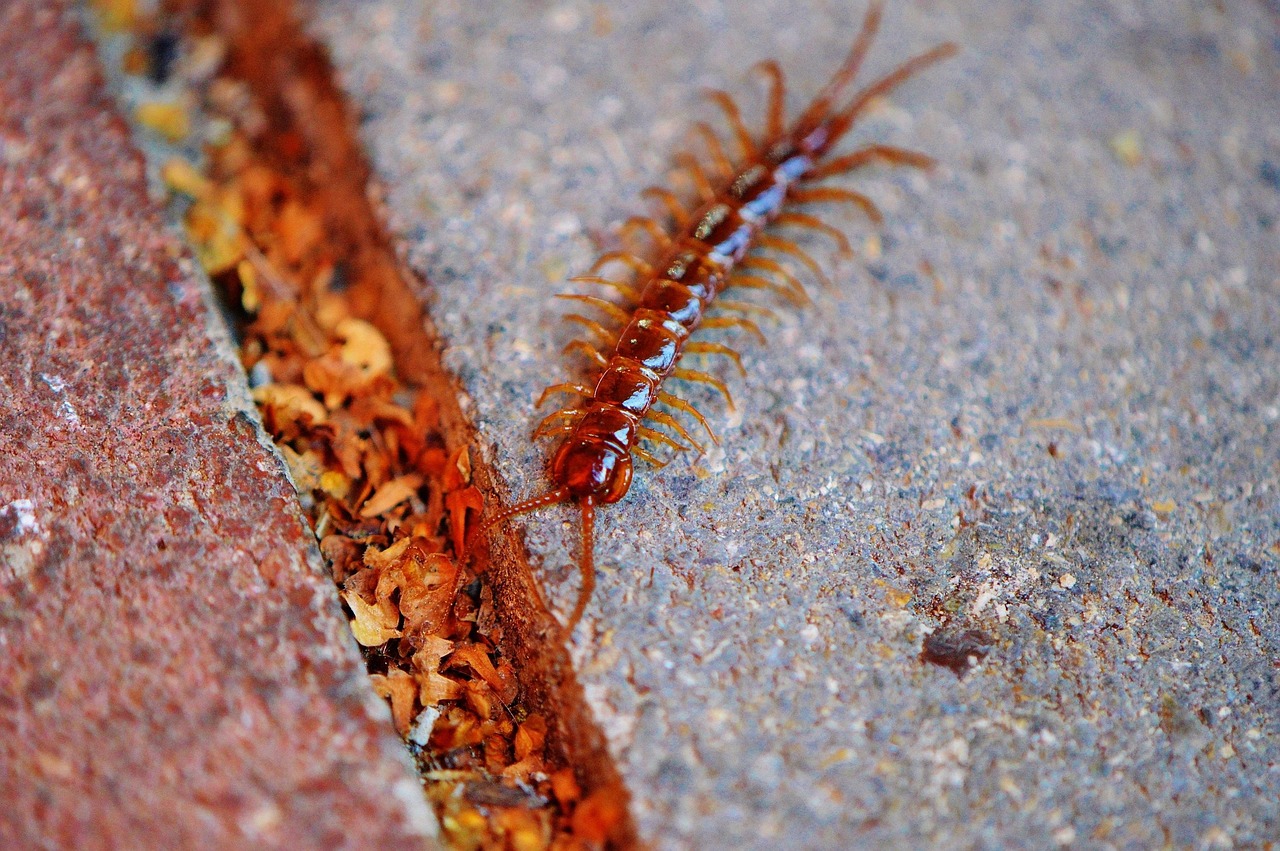
House centipedes might look like something straight out of a horror movie with their numerous legs and lightning-fast movements, but they’re actually nature’s most efficient pest eliminators. These multi-legged marvels can move at speeds of up to one foot per second, making them incredibly effective hunters in your home. Their diet consists almost entirely of other insects that you definitely don’t want around.
What makes house centipedes particularly valuable is their appetite for cockroaches, silverfish, flies, and even termites. A single house centipede can consume dozens of unwanted insects in just one night, working tirelessly while you sleep. They’re like having a dedicated extermination team that never sends you a bill.
Despite their intimidating appearance, house centipedes are completely harmless to humans and pets. They prefer to stay hidden in damp areas like basements and bathrooms, only emerging when necessary to hunt their prey.
The Praying Mantis: Nature’s Surgical Strike Team
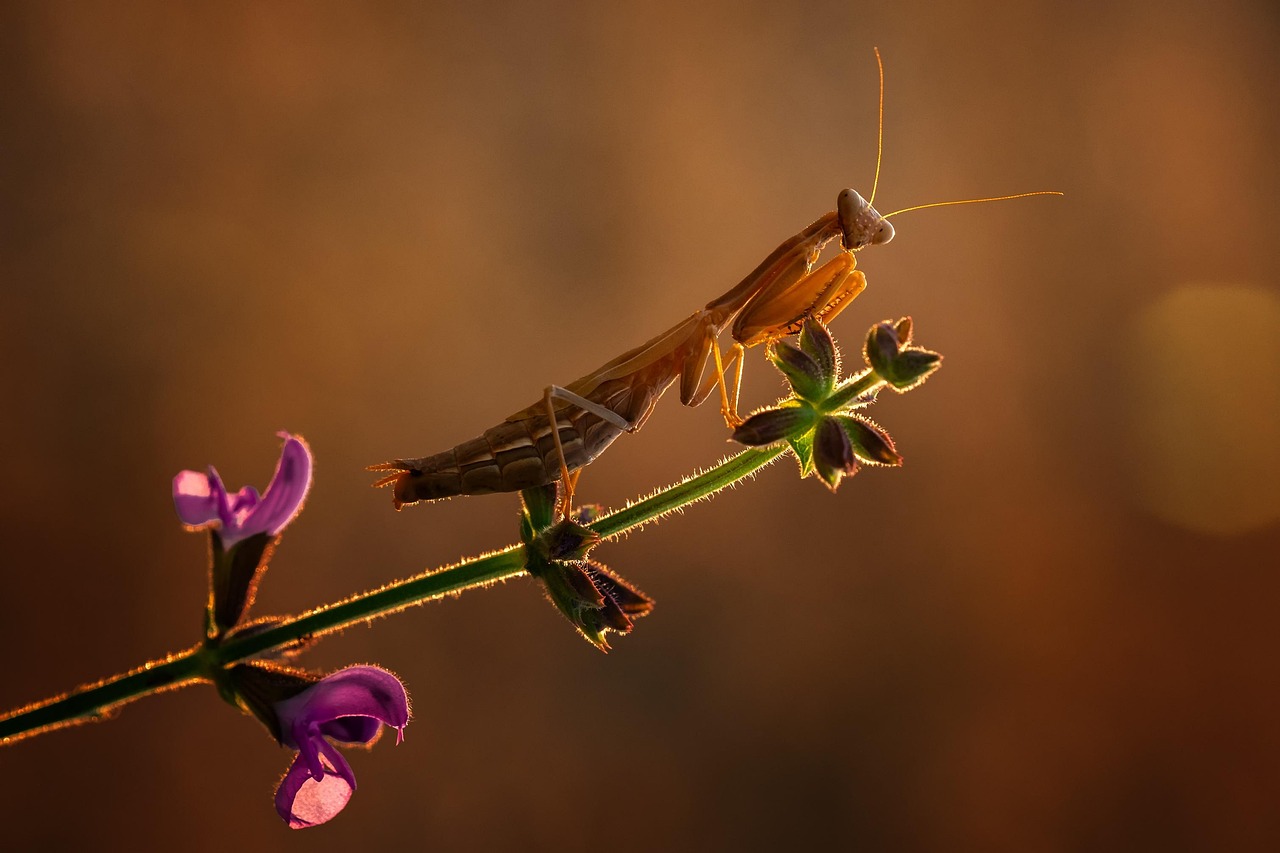
Praying mantises are the ultimate ambush predators, sitting motionless for hours before striking with deadly precision. These remarkable insects have reflexes that put professional athletes to shame, capable of catching flies mid-flight with their razor-sharp forelegs. Their hunting prowess makes them invaluable allies in controlling garden pests.
These green guardians have an insatiable appetite for aphids, flies, mosquitoes, and other insects that can devastate your plants. A single praying mantis can consume up to sixteen crickets in one day, and they’ll happily munch on moths, beetles, and even small wasps. They’re particularly effective against pests that have developed resistance to pesticides.
What’s fascinating about praying mantises is their ability to turn their heads nearly 180 degrees, giving them an almost supernatural awareness of their surroundings. This makes them incredibly efficient hunters who rarely miss their target once they’ve locked onto prey.
The Ladybug: Tiny Titans of Aphid Destruction
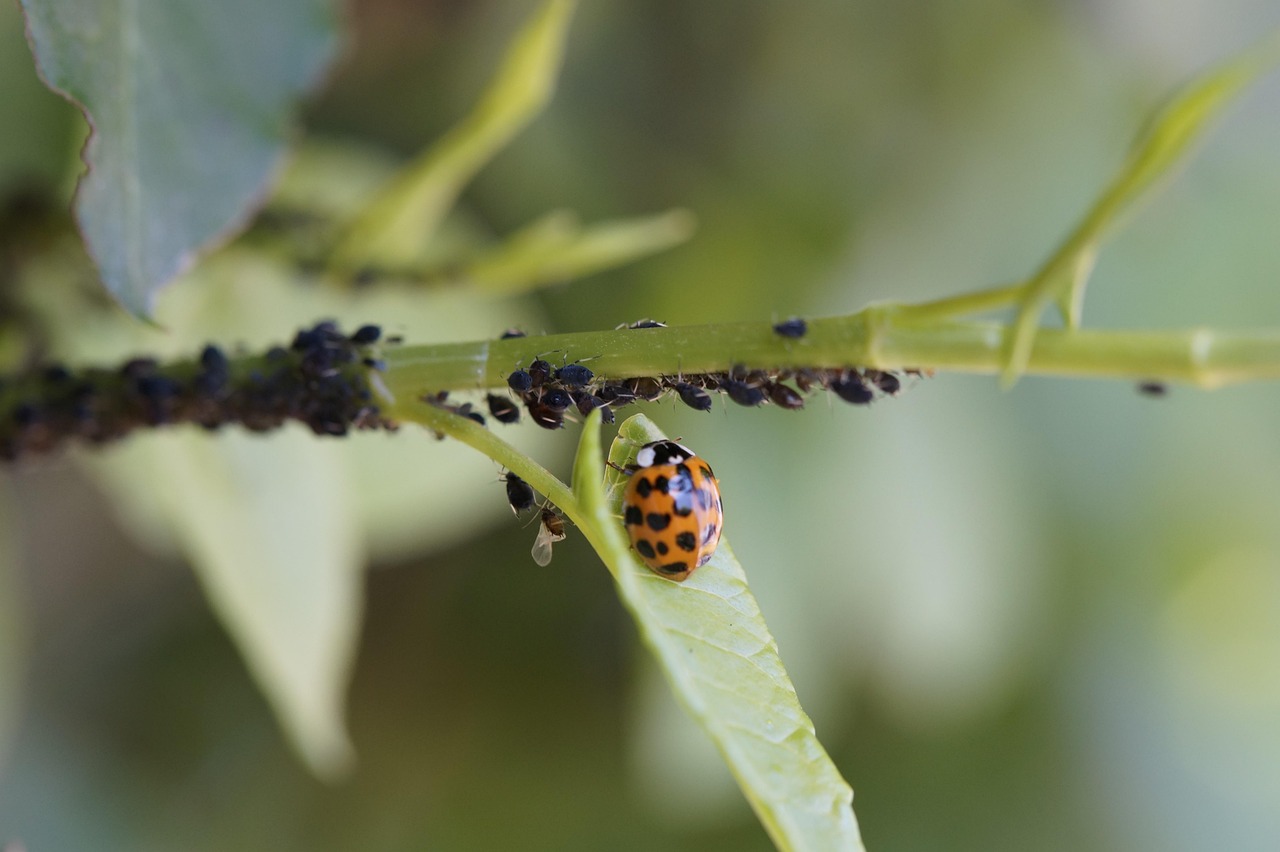
Ladybugs might be small and adorable, but they’re absolutely ruthless when it comes to protecting your plants. These colorful beetles are voracious predators that can devour up to 50 aphids per day during their adult stage. When you consider that a single aphid can produce 80 offspring in a week, you begin to understand just how crucial these spotted heroes are.
Beyond aphids, ladybugs also feast on scale insects, mites, and other soft-bodied pests that can wreak havoc on gardens and crops. They’re so effective at pest control that many farmers deliberately release thousands of ladybugs into their fields as a natural alternative to harmful pesticides. Their larvae are even more aggressive hunters than the adults, consuming up to 400 aphids during their development stage.
Ladybugs also serve as excellent indicators of ecosystem health. When you see plenty of ladybugs in an area, it’s usually a sign that the environment is balanced and thriving.
The Ground Beetle: Soil’s Secret Security Force
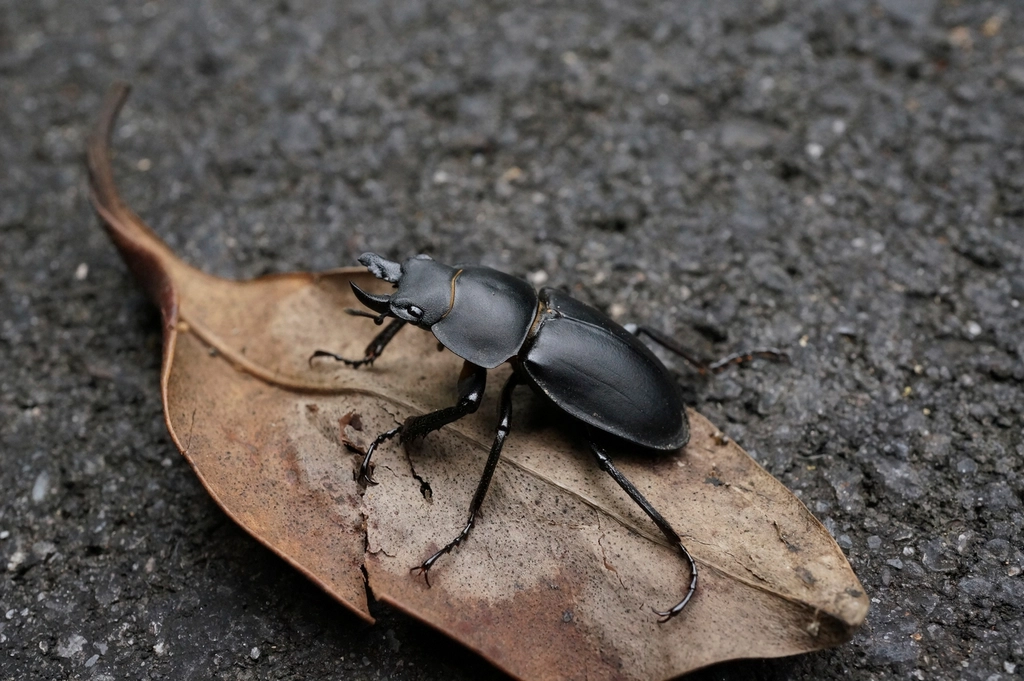
Ground beetles are the unsung heroes of soil health, working tirelessly beneath our feet to maintain the delicate balance of underground ecosystems. These dark, fast-moving insects emerge at night to hunt slugs, snails, and other garden pests that can destroy your plants. Their powerful jaws can crush through the tough shells of many harmful insects that other predators can’t handle.
What makes ground beetles particularly valuable is their role in controlling pest populations that damage plant roots and stems. They’re especially effective against cutworms, which can destroy entire seedlings overnight. Many species of ground beetles are also excellent climbers, allowing them to hunt caterpillars and other pests on plant stems and leaves.
These beetles are incredibly diverse, with over 40,000 species worldwide, and most of them are beneficial to humans. They’re also surprisingly long-lived for insects, with some species living up to four years while continuously providing pest control services.
Why Our Instinct to Squish is Actually Counterproductive
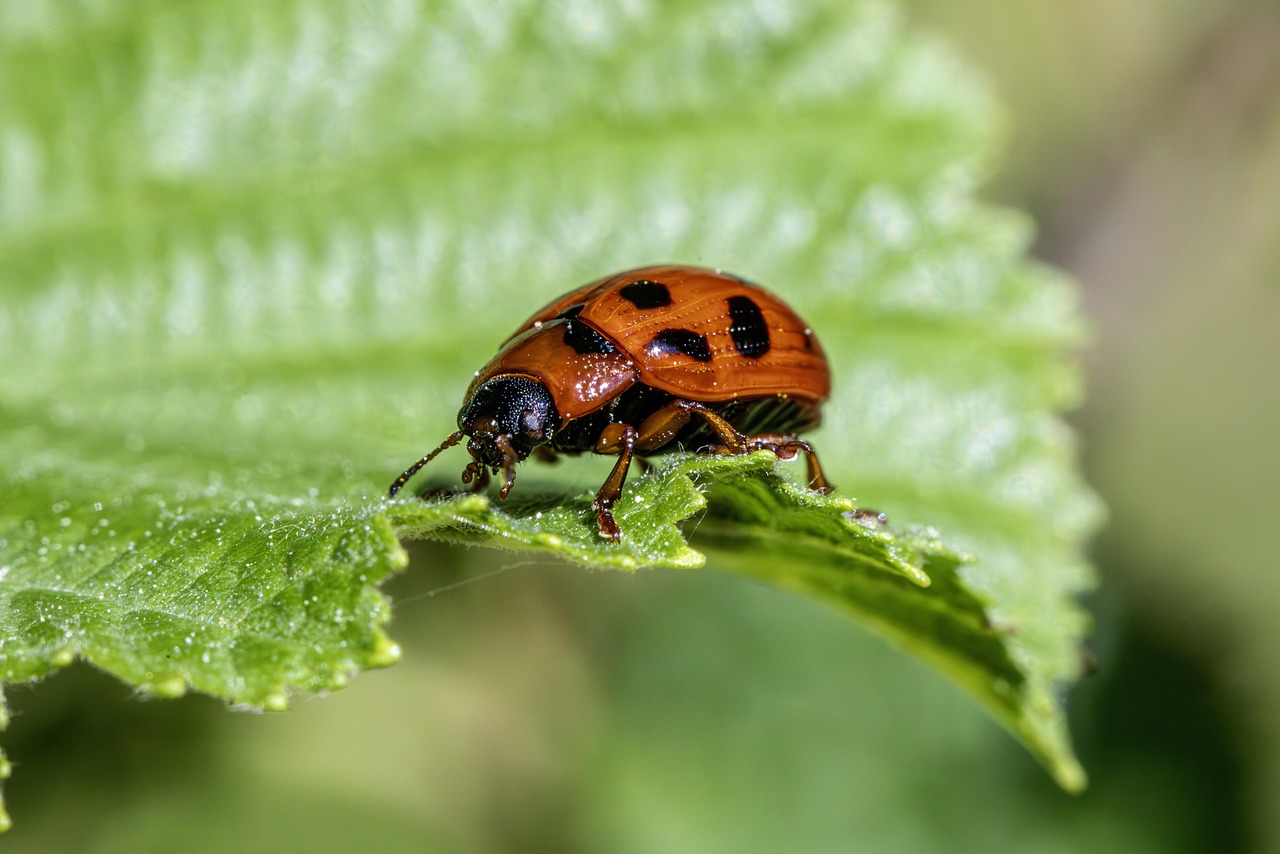
Our natural fear response to insects is deeply ingrained in human psychology, but it often leads us to eliminate our greatest allies in the fight against truly problematic pests. When you squish a beneficial bug, you’re not just removing one helpful creature – you’re potentially allowing hundreds of harmful insects to thrive without their natural predator. This creates a cascade effect that can lead to serious infestations.
The irony is that many of the insects we fear most are actually the ones working hardest to protect us. While a house centipede might startle you with its sudden appearance, it’s probably just finished eliminating a dozen cockroaches that would have been far more problematic. Our knee-jerk reaction to destroy what we don’t understand often backfires spectacularly.
Research has shown that homes with healthy populations of beneficial insects actually have significantly fewer pest problems than those where every bug is immediately eliminated. It’s a perfect example of how working with nature rather than against it produces better results.
The Economic Impact of Beneficial Insects
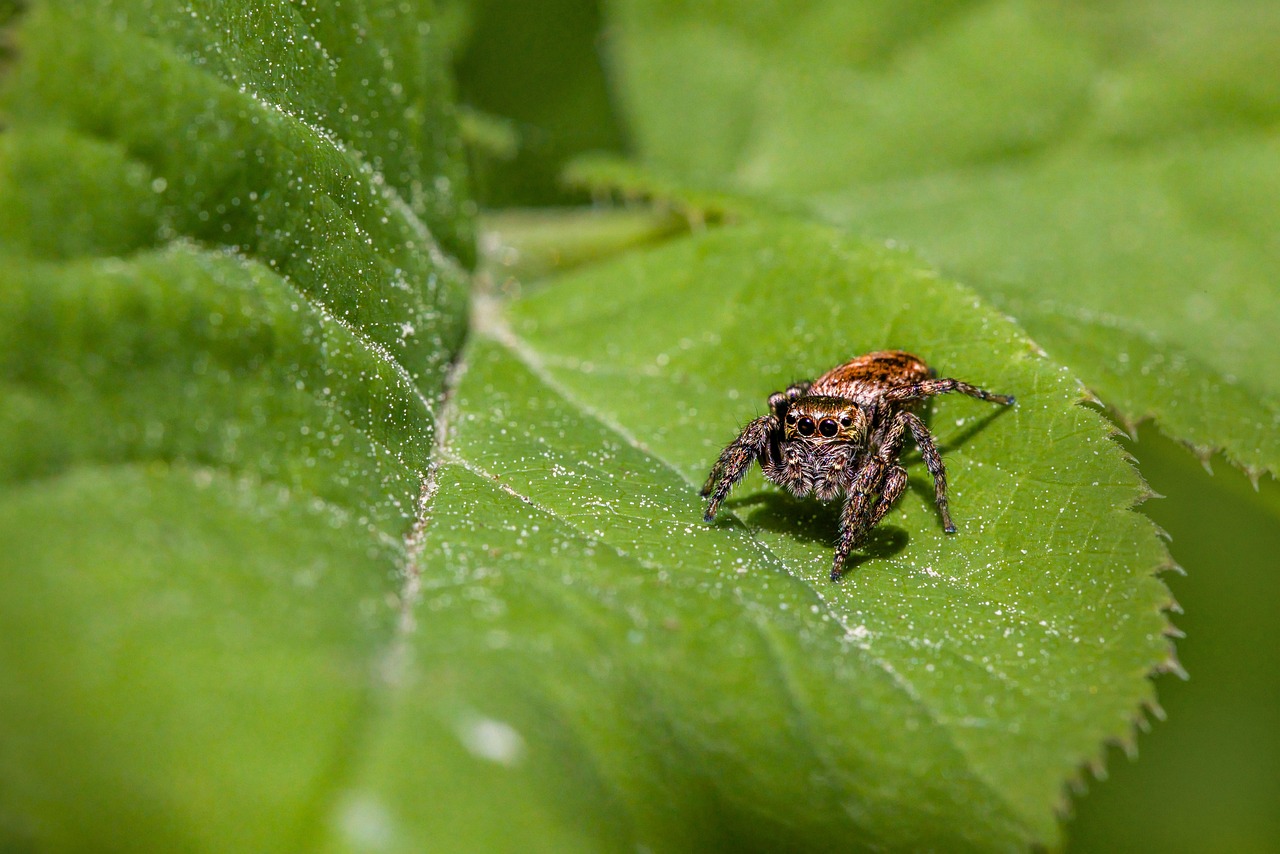
The monetary value of beneficial insects is staggering when you consider their role in natural pest control. Agricultural experts estimate that beneficial insects save farmers billions of dollars annually in pesticide costs and crop protection. A single ladybug colony can provide pest control services worth hundreds of dollars over the course of a growing season.
For homeowners, maintaining populations of beneficial insects can dramatically reduce the need for expensive pest control services. Instead of spending money on chemical treatments that may harm your family and pets, you can rely on these natural pest controllers to keep your home and garden healthy. The cost savings over time can be substantial, especially when you factor in the reduced need for plant replacements and property damage repairs.
The environmental benefits also translate to economic advantages, as beneficial insects help maintain biodiversity and ecosystem stability. This natural balance prevents the boom-and-bust cycles that can devastate agricultural areas and require expensive intervention.
Creating a Bug-Friendly Environment
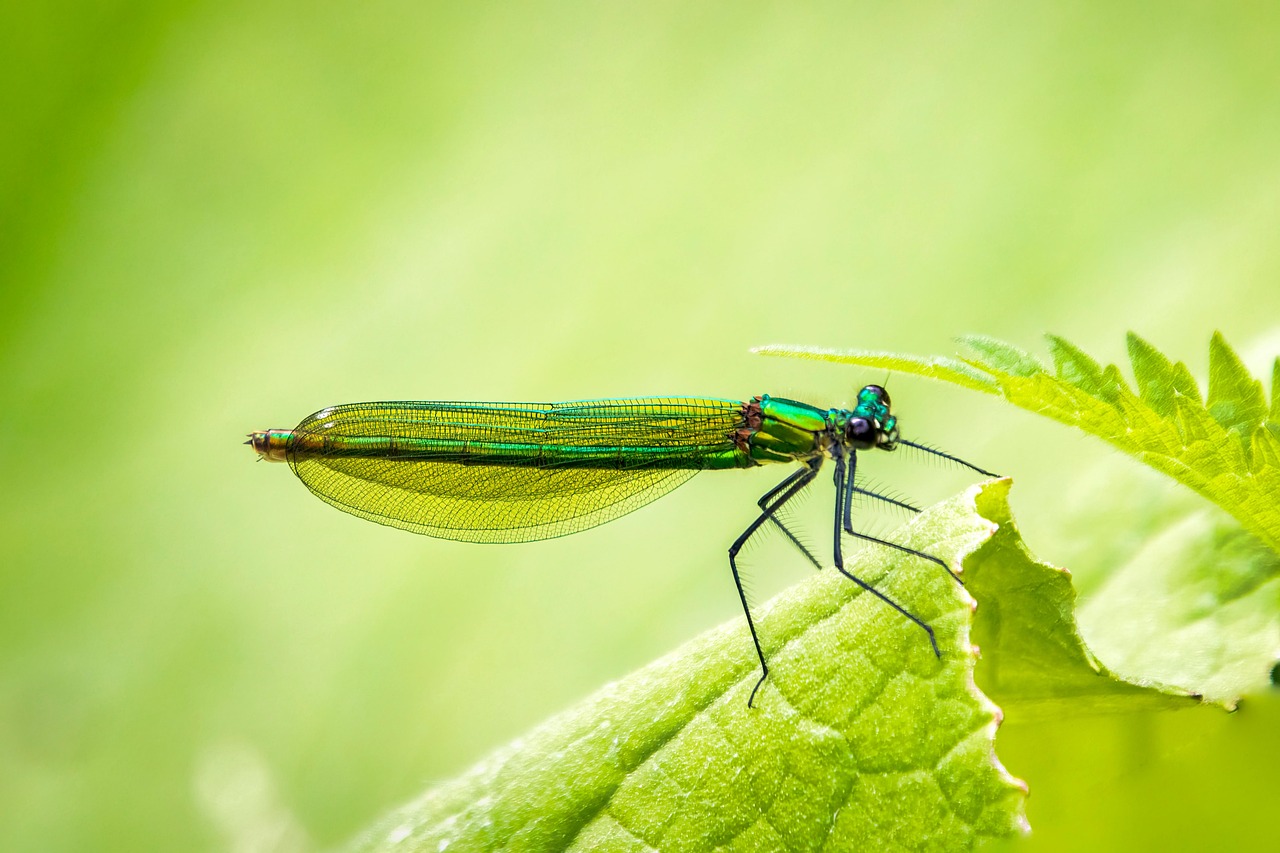
Encouraging beneficial insects to take up residence in your space doesn’t require major lifestyle changes or expensive equipment. Simple modifications to your garden and home environment can create an attractive habitat for these helpful creatures. Providing diverse plant species, especially native varieties, gives beneficial insects the nectar and pollen they need to thrive.
Creating small shelters like rock piles, hollow logs, or even commercially available insect hotels can provide safe spaces for beneficial bugs to overwinter and reproduce. These structures don’t need to be elaborate – even a small pile of leaves in a corner of your yard can serve as valuable habitat. Water sources like shallow dishes or birdbaths also attract beneficial insects while giving them the hydration they need.
Avoiding pesticides is crucial for maintaining healthy populations of beneficial insects. Even organic pesticides can harm helpful bugs, so it’s best to rely on natural predators whenever possible. When you do need to address pest problems, targeted approaches that don’t affect beneficial species are much more effective long-term.
Identifying Friend from Foe
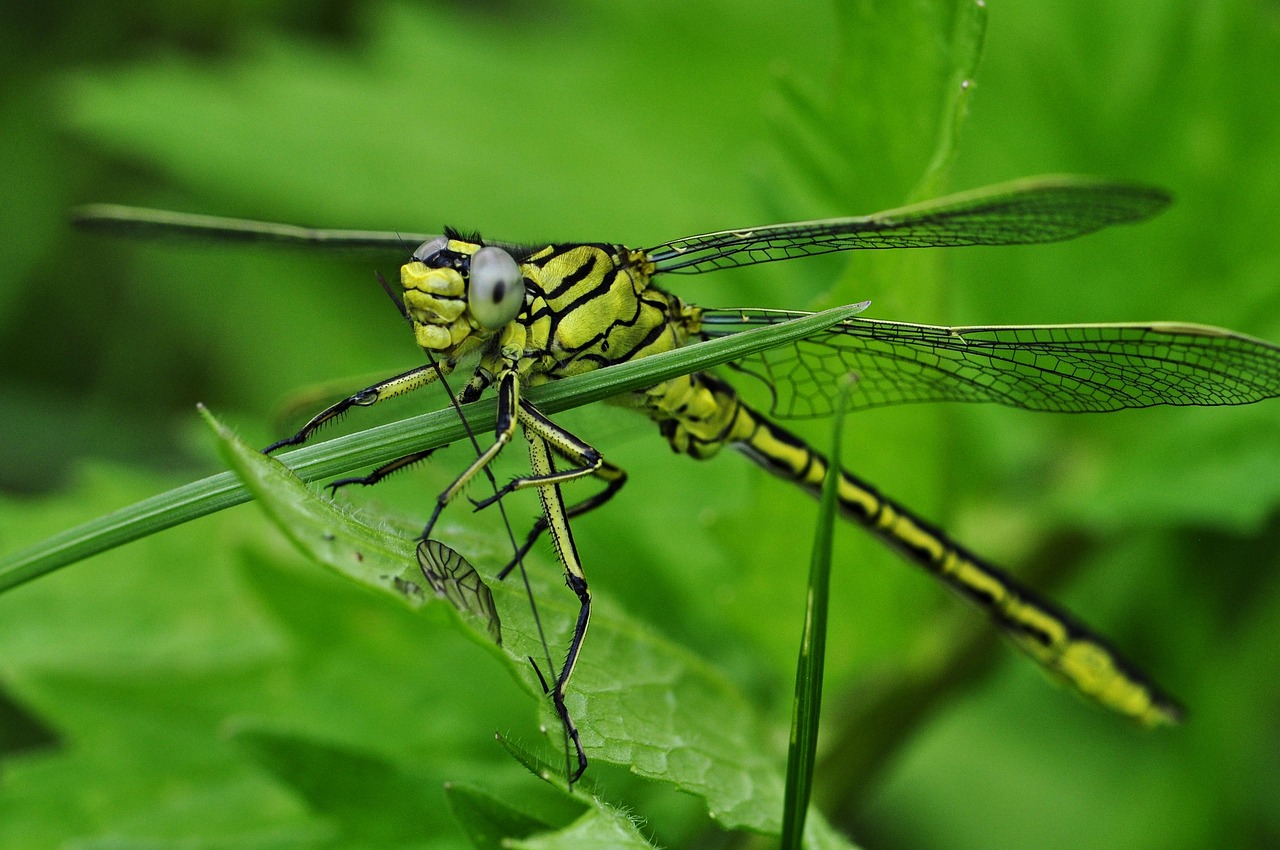
Learning to distinguish between beneficial insects and actual pests is a valuable skill that can save you from making costly mistakes. Beneficial insects often have certain characteristics that set them apart from harmful species. For example, predatory insects typically have large eyes, strong legs for catching prey, and robust mouthparts for consuming other insects.
Many beneficial insects are also active during different times than their harmful counterparts. House centipedes, for instance, are primarily nocturnal hunters, while many plant-eating pests are active during the day. Understanding these behavioral patterns can help you make better decisions about which insects to tolerate and which ones actually need to be controlled.
Size and movement patterns are also telling indicators. Beneficial insects often move purposefully and quickly, as they’re actively hunting or searching for prey. Pests, on the other hand, may move more slowly and tend to cluster around food sources like plants or food debris.
The Ripple Effect of Squishing Beneficial Bugs
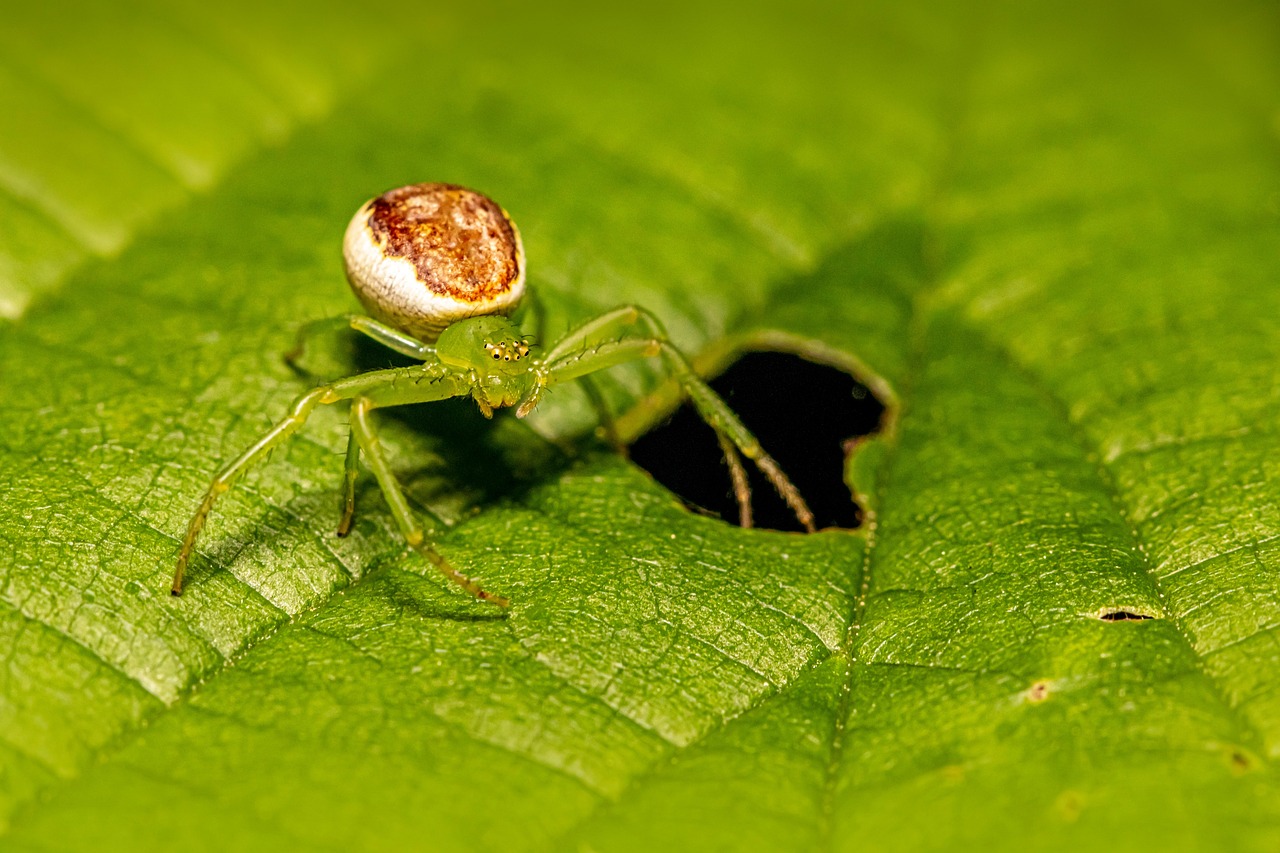
When you eliminate a beneficial insect, you’re not just removing one creature – you’re disrupting an entire ecological web that can take months or even years to rebuild. Each beneficial bug represents countless hours of pest control work that now won’t happen. This creates opportunities for harmful insects to establish themselves and multiply unchecked.
The absence of natural predators can lead to exponential growth in pest populations. Without house centipedes keeping cockroach numbers in check, for example, you might find yourself dealing with a serious infestation within weeks. Similarly, removing ladybugs from your garden can result in aphid populations exploding and destroying your plants.
This domino effect often forces people to resort to harsh chemical pesticides, which can create even more problems by killing off any remaining beneficial insects. It’s a vicious cycle that could have been avoided by simply allowing nature’s pest control system to function as intended.
Seasonal Considerations for Beneficial Insects
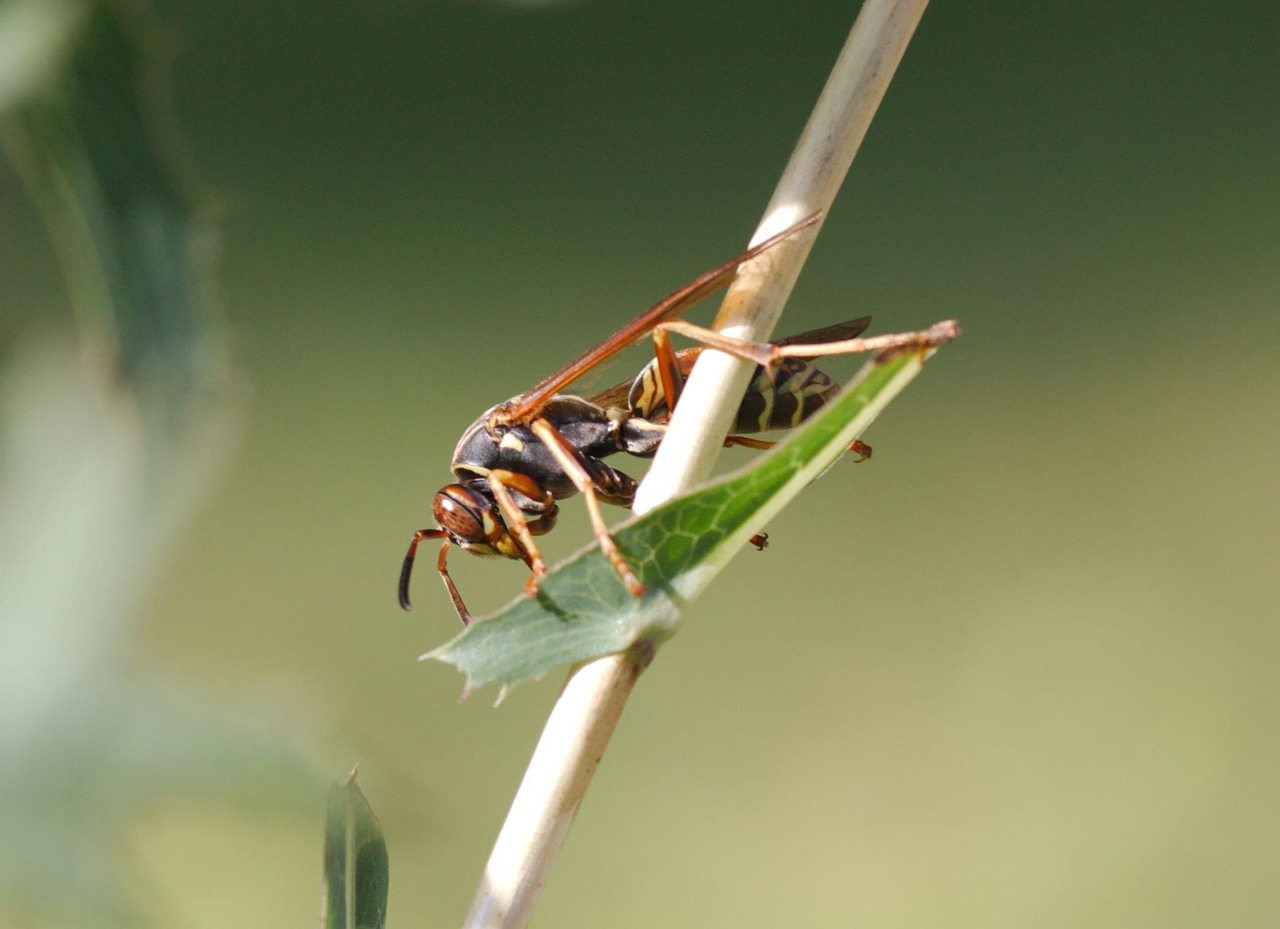
The activity patterns of beneficial insects vary dramatically throughout the year, and understanding these cycles can help you better support their populations. During spring, many beneficial insects are emerging from winter hiding spots and are particularly vulnerable to disturbance. This is when it’s most important to avoid unnecessary cleanup activities that might destroy their shelters.
Summer represents peak activity for most beneficial insects, as they’re actively hunting and reproducing. This is when you’re most likely to encounter them in your home and garden. Rather than viewing their increased presence as a problem, it’s helpful to remember that their activity levels correspond directly with the availability of prey – more beneficial bugs usually means more pests for them to control.
Fall preparation is crucial for beneficial insect survival. Many species need safe places to overwinter, and providing appropriate habitat during this time ensures they’ll be ready to provide pest control services when spring arrives. Leaving some areas of your yard undisturbed during fall cleanup can make a significant difference in beneficial insect populations.
The Role of Beneficial Insects in Organic Gardening
Organic gardening relies heavily on beneficial insects to maintain healthy plant populations without synthetic pesticides. These natural predators are often more effective than chemical treatments because they specifically target pest species while leaving beneficial organisms unharmed. They also provide ongoing protection rather than just temporary relief.
Beneficial insects can adapt to changing pest populations in ways that static pesticide treatments cannot. When new pest species arrive or existing ones develop resistance, beneficial insects can adjust their hunting strategies accordingly. This flexibility makes them invaluable partners in sustainable gardening practices.
Many experienced organic gardeners view beneficial insects as essential team members rather than occasional visitors. They plan their gardens specifically to attract and support these helpful creatures, knowing that the investment in habitat will pay dividends in reduced pest problems and healthier plants.
Common Misconceptions About Beneficial Insects
One of the biggest myths about beneficial insects is that they’re somehow less sanitary than using pesticides. In reality, beneficial insects are much cleaner than chemical treatments, as they don’t leave toxic residues on plants or surfaces. They’re also more selective in their targets, eliminating only the pests while leaving beneficial organisms unharmed.
Another common misconception is that beneficial insects will multiply out of control if not managed. This fear is unfounded because beneficial insects are limited by the availability of prey. As they reduce pest populations, their own numbers naturally decline to sustainable levels. It’s a self-regulating system that works remarkably well without human intervention.
Many people also believe that beneficial insects are only effective outdoors, but this couldn’t be further from the truth. Indoor beneficial insects like house centipedes are often more effective than outdoor species because they’re working in a controlled environment where they can systematically eliminate pests room by room.
Building a Sustainable Relationship with Beneficial Insects
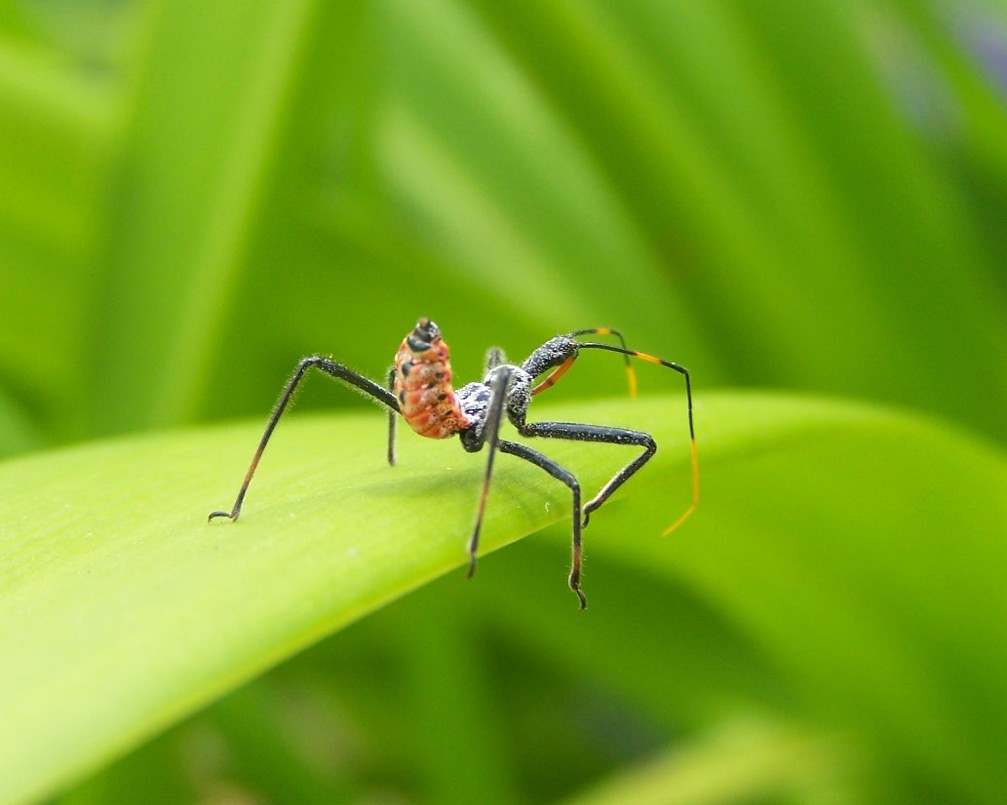
Creating a long-term partnership with beneficial insects requires a shift in mindset from control to cooperation. Instead of trying to eliminate all insects from your environment, the goal becomes creating conditions where beneficial species can thrive while pest species are naturally suppressed. This approach requires patience but delivers much better results over time.
Education is key to building this relationship successfully. The more you learn about the beneficial insects in your area, the better equipped you’ll be to support them effectively. Local extension offices, gardening clubs, and online resources can provide valuable information about which species are most helpful in your specific region.
Monitoring and observation become important skills when working with beneficial insects. Instead of immediately reacting to the presence of any insect, taking time to observe their behavior and identify the species can help you make informed decisions about which ones to encourage and which ones actually need to be controlled.
The Future of Natural Pest Control
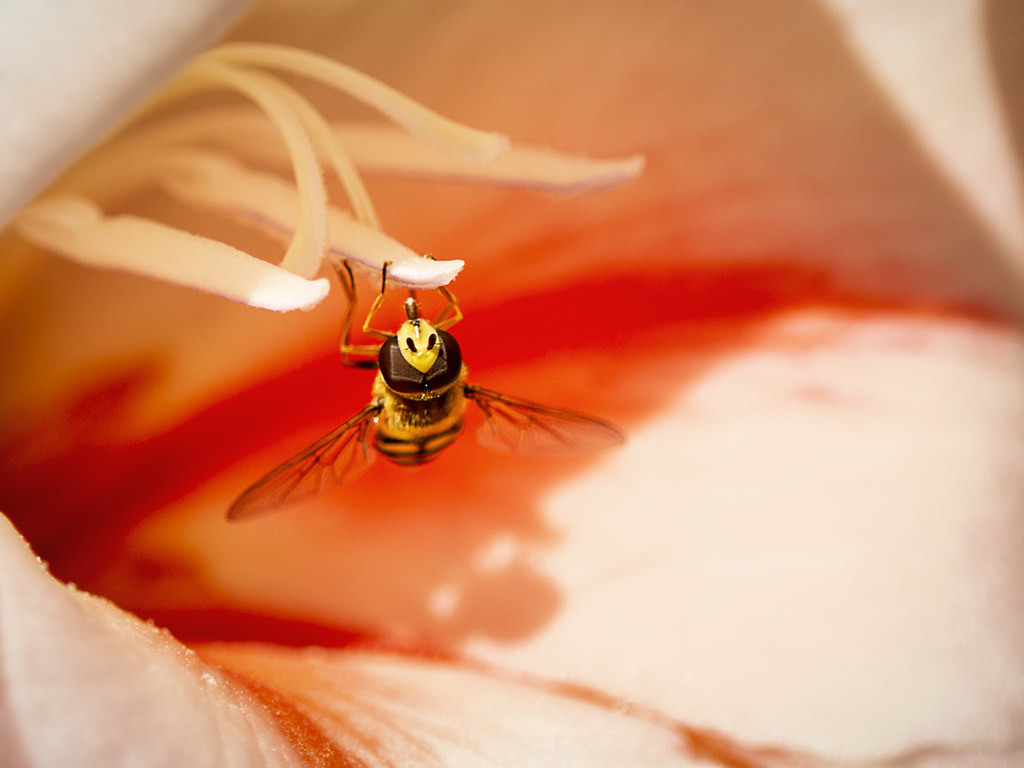
As concerns about pesticide resistance and environmental impact continue to grow, beneficial insects are becoming increasingly important in both agricultural and residential settings. Research into biological pest control is expanding rapidly, with scientists discovering new ways to harness the power of beneficial insects for specific applications. This trend suggests that our relationship with these helpful creatures will only become more important in the years to come.
Climate change is also affecting insect populations worldwide, making it even more crucial to support beneficial species that can adapt to changing conditions. These resilient insects may be our best hope for maintaining effective pest control as traditional methods become less reliable. By learning to work with beneficial insects now, we’re preparing for a future where natural pest control becomes the norm rather than the exception.
The next time you spot one of these misunderstood creatures in your home or garden, remember that you’re looking at a highly skilled professional who’s been perfecting their craft for millions of years. These tiny allies deserve our respect and protection, not our fear and aggression. After all, in the ongoing battle against truly problematic pests, they’re fighting on our side – and they’re remarkably good at what they do.
